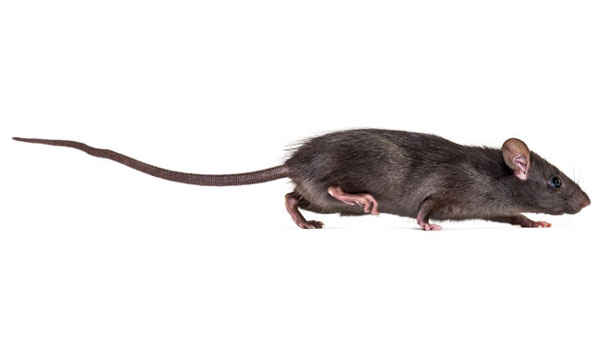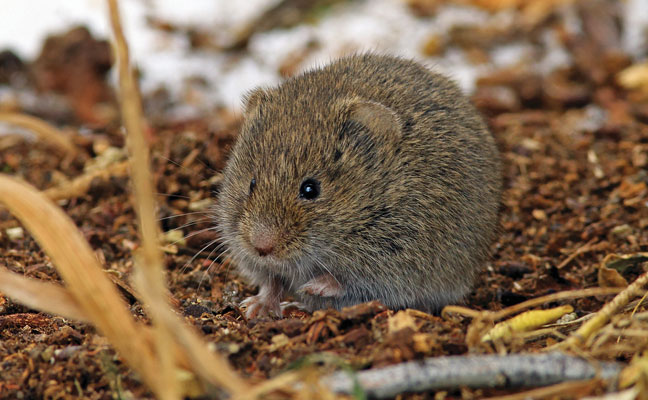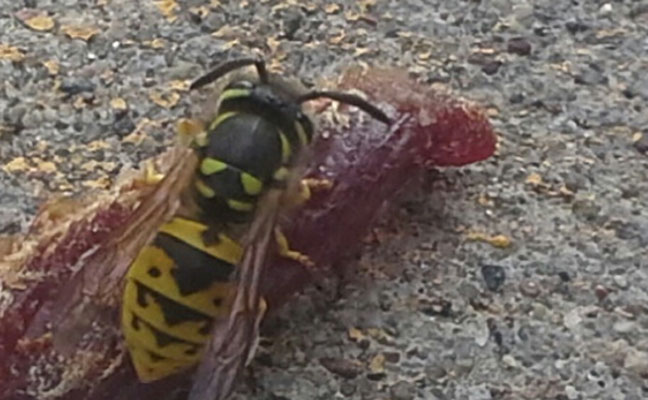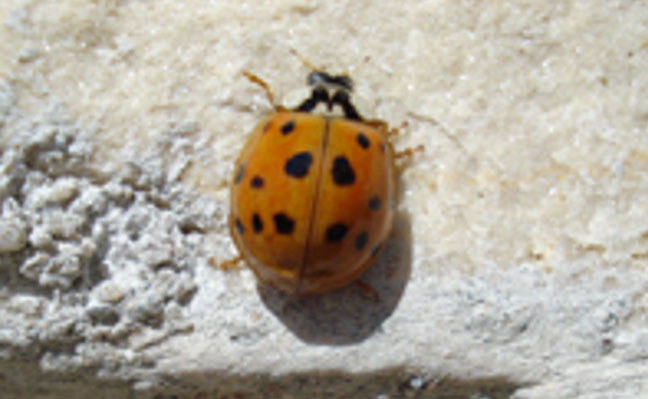As temperatures rise and daylight increases, pest activity intensifies. For pest management professionals (PMPs), the transition from winter to spring marks a shift from managing overwintering pests to addressing emerging seasonal threats. Proactive strategies and seasonal awareness are key to maintaining effective service and ensuring client satisfaction. Let’s take a look at a few common spring pests, outlining their biology, behavior and key management tactics.
Common spring pests
Mosquitoes

- Habitat: Clogged gutters, birdbaths, containers, low-lying drainage areas, and standing water.
- Signs of activity: Biting adults emerging early in the season.
Management tips
- Conduct preseason inspections for breeding sites.
- Apply larvicides to standing water.
- Use barrier treatments on shaded vegetation. Monitor weather to schedule reapplications.
- Deploy surveillance traps.
- Educate clients on water elimination and personal repellents.
Ticks and fleas

- Habitat: Tall grass, leaf litter, animal resting areas.
- Signs of activity: Found on pets or wildlife; may bite humans.
- Health risk: Ticks transmit Lyme disease and other pathogens; fleas may transmit plague, typhus, and tapeworms.
Management tips
- Treat perimeter zones, pet paths and shaded areas.
- Recommend lawn maintenance and litter removal.
- Promote regular pet checks and veterinary treatment.
Mice and rats

- Habitat: Wall voids, foundations, kitchens, attics and sewer systems.
- Signs of activity: Droppings, gnaw marks, burrows and rub marks.
Management tips
- Inspect and seal structural entry points.
- Maintain door sweeps and sanitation.
- Service bait stations and traps.
- Inspect and address sewer access, if applicable.
Voles

- Habitat: Lawns, mulch beds and dense ground cover.
- Signs of Activity: Surface runways, gnawed vegetation and burrows.
Management tips
- Use traps inside rodent bait stations and multi-catch traps baited with seeds or live traps to protect non-target species.
- Reduce mulch and trim low vegetation.
- Set traps along active runways.
- Employ tamper-resistant rodenticide stations as needed.
- Remove debris and modify the habitat to prevent rodent activity.
Ground-nesting bees and wasps

- Habitat: Bare or thin turf; sandy soils.
- Signs of activity: Visible ground holes and hovering adults.
Management tips
- Identify the species before treating.
- Apply dust treatments or drench the hole per label with approved residual insecticides.
- Wear protective gear and avoid flowering areas.
- Maintain dense, healthy turf to discourage nesting.
Overwintering pests

Examples include boxelder bugs, cluster flies, queen wasps, harlequin lady beetles and brown marmorated stink bugs.
- Habitat: Wall voids, attics and sheltered structures.
- Signs of activity: Clusters around windows, lights or warm surfaces.
Management tips
- Avoid unnecessary spring treatments unless populations persist or are not tolerated.
- Vacuum visible indoor clusters.
- Use insect light traps (ILTs) in commercial settings.
- Emphasize fall exclusion and sealing efforts.
Mites

Species examples include bird, rodent, clover and fowl mites.
- Habitat: Associated with animal nests or sunlit walls.
- Signs of activity: Mite presence following host abandonment; occasional human bites.
Management tips
- Locate and remove abandoned nests.
- Address underlying bird or rodent infestations.
- Apply residual insecticides in affected areas.
- Screen vents and seal access points.
Stored product and wood-boring beetles and moths

- Habitat: Stored food products, fabrics (clothes moths, carpet beetles), and wooden structures (wood-destroying beetles).
- Signs of activity: Adult flight near windows or lights; frass or sawdust near wood; contaminated or infested food.
Management tips
- Identify pest species and locate the infestation source.
- Improve sanitation and secure food storage.
- Use insect light traps (ILTs) in sensitive or monitored areas.
- Inspect structural wood for damage and treat as needed.
Top 5 best practices for spring pest management
- Preventive perimeter applications: Treat building exteriors and landscape transition zones to block entry of ants, beetles, and earwigs.
- Structural pest-proofing: Seal cracks, install door sweeps, and screen vents to exclude spring invaders.
- Moisture and habitat control: Eliminate water sources and reduce dense vegetation near structures.
- Staff training and label compliance: Ensure technicians are equipped to identify spring pests and follow proper treatment protocols.
- Monitoring and client communication: Use traps and inspections to track pest trends and educate clients on preventive strategies.
Conclusion
Spring marks a dynamic period of pest activity that demands timely intervention and strategic planning. By understanding pest seasonality and tailoring integrated pest management (IPM) practices, PMPs can provide effective, responsible service that protects clients and builds trust. A proactive approach with inspections, exclusion work and client education helps professionals manage spring threats effectively.
Leave A Comment